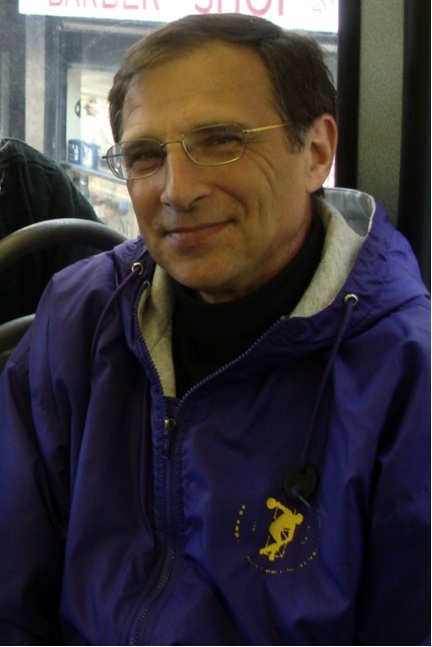
prof. dr. T. (Tibor) Hortobagyi

My research focuses on the adaptability and plasticity of the human neuromechanical system in health and disease. Our research team at East Carolina University , Greenville, NC, USA, http://www.ecu.edu/cs-hhp/exss/biomechlab.cfm, showed that muscle lengthening is a key stimulator of muscular and neural responses to exercise in young and old adults and in rehabilitation from immobilization.Studies with magnetic brain stimulation also revealed the task, spatial, and temporal specificity of activation in the brain and spinal cord after unilateral exercise.Collaborative studies with Professor Paul DeVita showed that human gait becomes reorganized with aging so that old adults compensate for diminished mechanical output at the ankle muscles and shift mechanical output in a distal-to-proximal direction.Old adults’ level and sloped locomotion are also characterized by neural reorganization so that muscles around the lower extremity joints are co-activated, contributing to the age-associated increase in metabolic cost of transport.Brain stimulation studies suggest that such age-related increase in muscle co-activation may be mediated by a diminishment or impairment of inhibition between cortico-cortico motoneurons.
Ongoing studies probe the validity of Sherrington’s original proposal that the primary motor cortex has limited or no role in regulating posture.Recently designed experiments will examine motor cortical and spinal responses to mechanical and visual perturbations across the lifespan, balancing skills, and mobility with the hypothesis that falls in old age are in part due to dysregulation of posture-protecting commands.A novel exercise paradigm examines the possibility that a combination of visuomotor skill training with added load maximizes neural and muscle adaptations in young and old adults and these adaptations are successfully transferred into activities of daily living.Although gait speed predicts mortality, recent studies examine the mechanisms of how newly acquired voluntary strength becomes incorporated into the mechanics of gait and if it increases gait speed in old adults.Because there is a strong interaction between cognitive and motor function, ongoing studies examine the possibility that a combination of cognitive and resistance training can perhaps slow cognitive impairment in old adults with mild cognitive impairment.While over 50% of old adults report that they perceive themselves “tired”, ongoing studies examine if such perceptions manifest physiologically, vary by levels of muscle strength, and gait variability. In addition to collaboration with ECU, we have several projects with several faculty members, including prof. dr. Jozsef Tihanyi, Semmelweis Medical University, Hungary; prof. dr. Shuji Suzuki, Waseda University, Japan; dr. Stan Solnik, PennSate, USA; dr. Glyn Howatson, Northumbria University, UK; Jon Farthing, University of Saskatchewan, Canada, and several others.In my free time I diligently exercise to keep up my gait speed, visit my native Hungary, frequent concerts and arts exhibits, and play the cello.Students and colleagues interested in studying or collaborating can reach me t.hortobagyi@umcg.nl.
